Conquering the Pacific Ocean
Crossing the world’s largest body of water is a lesson in what makes life unforgettable
IT’S SAID THAT THE PACIFIC Ocean has no memory. Out in the middle of the world’s largest body of water, we had a front-row seat to why: Twenty-foot waves crashed into one another as far as the eye could see, each wiping out the one before, their white foam caps briefly frothing the surface before melting into the cobalt depths. A redesign with every ripple. It made one think: Amid life’s constant shifts, how does anything endure?
We’d boarded the 746-passenger Regent Seven Seas Explorer in Vancouver, Canada, for a journey that might offer some answers. We were to travel through the remote wilderness of Alaska to the urban buzz of Tokyo – bridging two extremes of modern life – by navigating the great Pacific. The route would partly echo the path of the Portuguese explorer Ferdinand Magellan, who completed the first recorded crossing in 1521.
It was Magellan who gave the ocean its name – “Pacifico”, or “peaceful”, after sailing across a calm stretch on a hunt for the Spice Islands. In truth, because of how vast and unsheltered it is, this is one of the world’s most tempestuous seas.
The mighty Pacific covers 30 per cent of the Earth’s surface and is bigger than all the continents combined. It’s also the longest passage a sailor can take without seeing land. Our 19-day journey on the Explorer would cover just a fraction of its expanse, yet offer us a daunting six full days at sea, with nothing but the horizon in sight.
Alaskan adventures
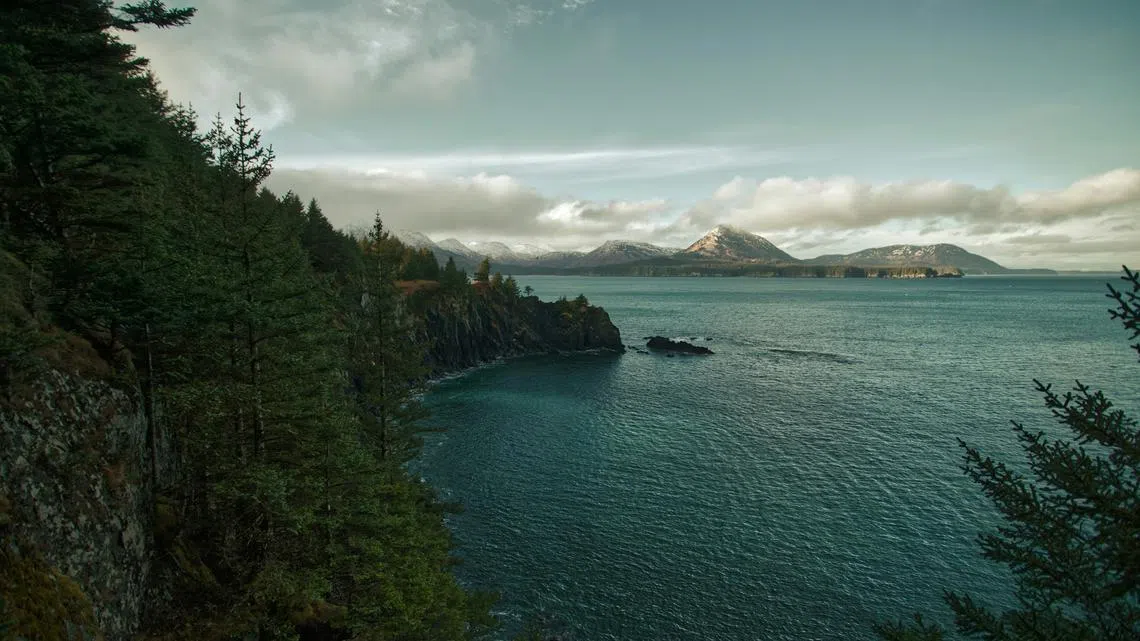
But first, Alaska. After a drizzly stop at Seward, one of the 49th US state’s oldest communities, we pulled up to Kodiak on a crisp morning, the sun trickling through the island’s normally cloudy skies.
Sometimes called Bear Island because it’s home to one of densest bear populations globally, this sprawling enclave on the Alaskan Gulf is home to 3,500 Kodiak grizzlies – almost a quarter of the human populace. The majestic species has been isolated from other ursines for thousands of years.
The sight of six giant cliff-top wind turbines that supply the island with most of its power – and the frequent “whump-whump” of search-and-rescue helicopters overhead – revealed more about Kodiak. This is a community of resilient rebels who traded city comforts for a stripped subsistence in a stunning but unforgiving environment, where rescue efforts are part of daily life.
“The wilderness is like my church; I’m calm here,” said Kodiak resident Bob Tucker, who moved to the island 40 years ago for a military job and never left. Now, the professional trapper and artist spends his summers running bear tours and survival camps, and winters crafting jewellery inspired by nature.
Later that day, Tucker led us along a trail of paw prints into a marsh, where we spied – from a cautious distance – a gold-tinged grizzly resting on moist peatland, the signature hump on its back almost as large as its massive head.
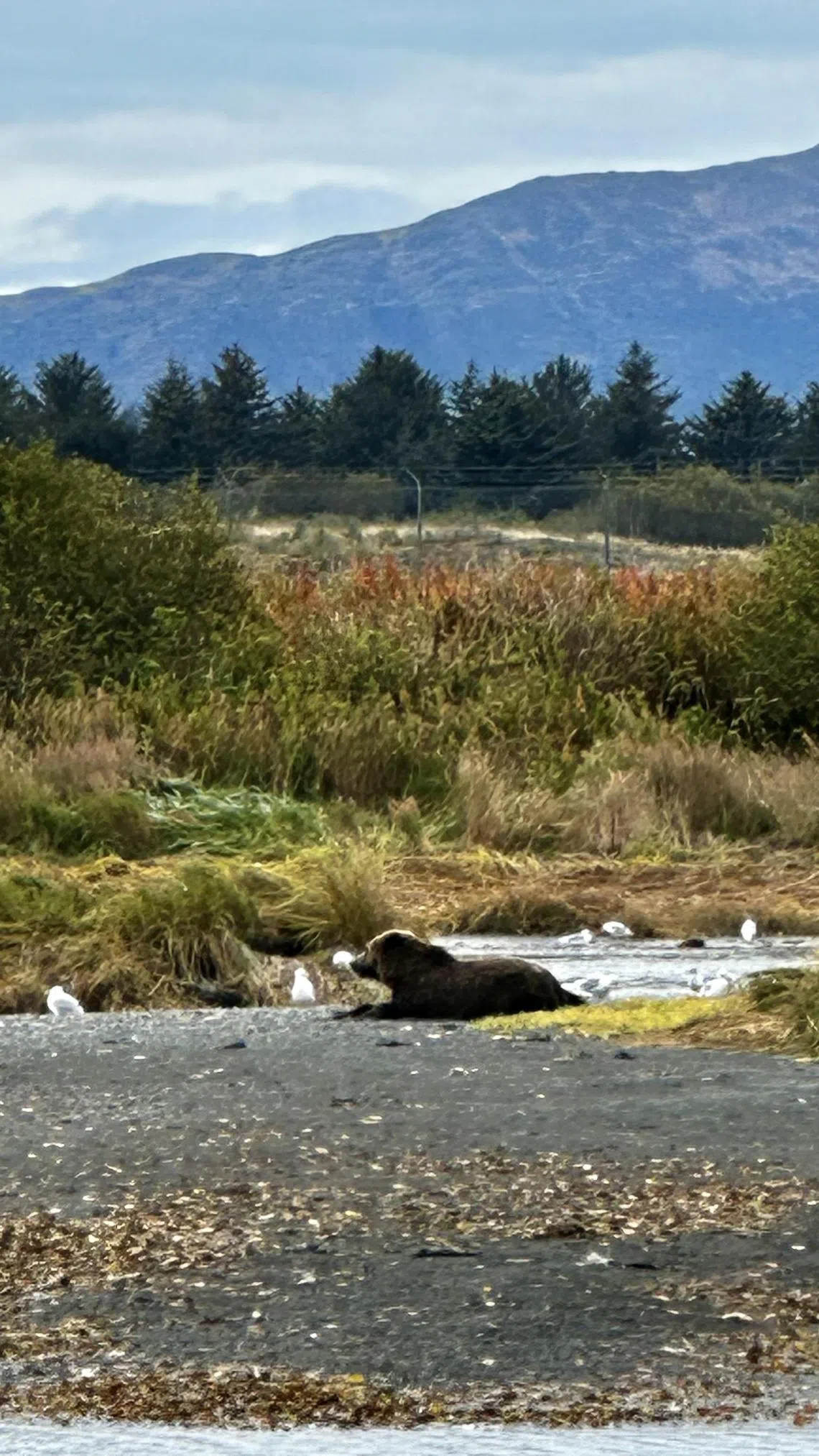
Our final stop before heading across the ocean was Dutch Harbor on the rugged island of Unalaska, the United States’ top fishing port by volume of seafood landed. Here, we stepped into the boots of off-duty fishermen, downing beers and feasting on jumbo shrimp fried in shatteringly light batter at Norwegian Rat Saloon.
The Rat, as the locals call it, is one of just three bars in this former Russian colony, and a film location for the award-winning Discovery Channel crab-fishing series Deadliest Catch.
Despite the locale’s claim to fame and its spectacular views of the bay, there were few tourists this far out. Locals filled the wooden tables; the saloon is more of a neighbourhood hub, with a critical role – it hosts the spirited pool competitions that are among the island’s main pastimes. (You can tell how serious they are about the game here by the number of custom-made cue bags propped against the pool tables.)
Of seafood and sea days
While you won’t find Alaskan crabs at The Rat – most of the seafood caught in Unalaska and the surrounding Aleutian Islands is exported to wealthy markets even before it’s frozen – there were plenty on board the ship.
Throughout our trip, king crab legs featured daily on the menus of the Explorer’s six distinct restaurants, along with scallops, lobsters and, on one evening, fresh steelhead fish, a seasonal treat picked up at one of the ports.
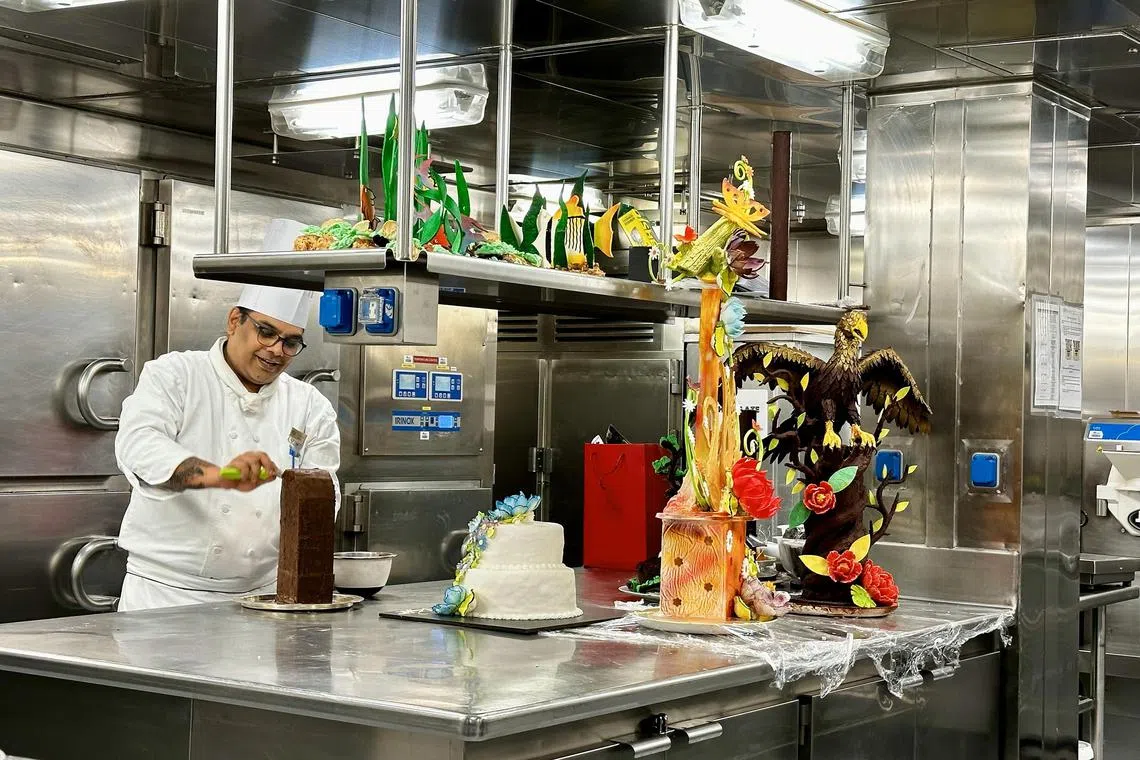
The luxuries extended beyond mealtime. It seemed almost embarrassing to claim adventure in such comfort, but how could even the most intrepid traveller say no to the silky linens, marble bathrooms, laundry service, and 24-hour in-room dining – all included in our cruise, along with shore excursions?
Indeed, Regent Seven Seas Cruises calls this elegant vessel “the most luxurious ship ever built”. No matter how you do it, though, navigating the Pacific is an experience.
One afternoon, a large pod of orcas flirted with the ship, their flukes lazily flipping in and out of the water as we watched, enthralled, from our veranda, the icy wind turning our hair crunchy. Some days dawned with such thick mist, it felt like we’d been swathed in cotton wool.
But we soon learnt that nothing is as it seems here. More than once, the sky cleared in minutes, and opportunistic sunbathers sprouted quickly on the pool deck.
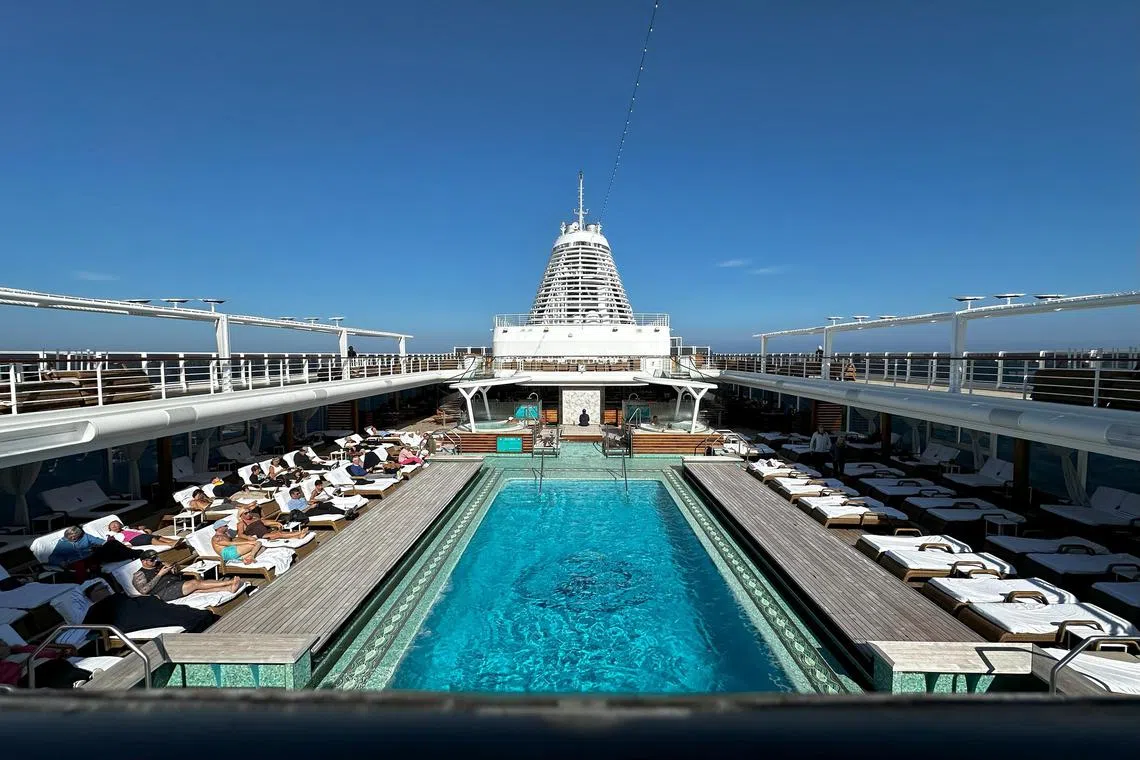
Japan in a jiffy
“What are you going to do with all that time at sea?” a friend had asked before we left. It turns out that 4,936 nautical miles go by easily between champagne brunches, spa massages, and swapping adventure stories with our fellow explorers.
Soon, the craggy silhouette of northern Japan slid into sight, and we found ourselves trundling past apple orchards on a shore excursion in Aomori, the country’s apple capital.
There’s a reason why the fruit grows so perfectly here – local farmers fastidiously turn each apple by hand and place reflective screens below the trees to make sure every inch gets caressed by sunlight.
“In the Aomori dialect, ‘joppari’ means a person who is stubborn and has passion. We say apple growers have ‘joppari’ hearts,” our guide, Fumi, told us.
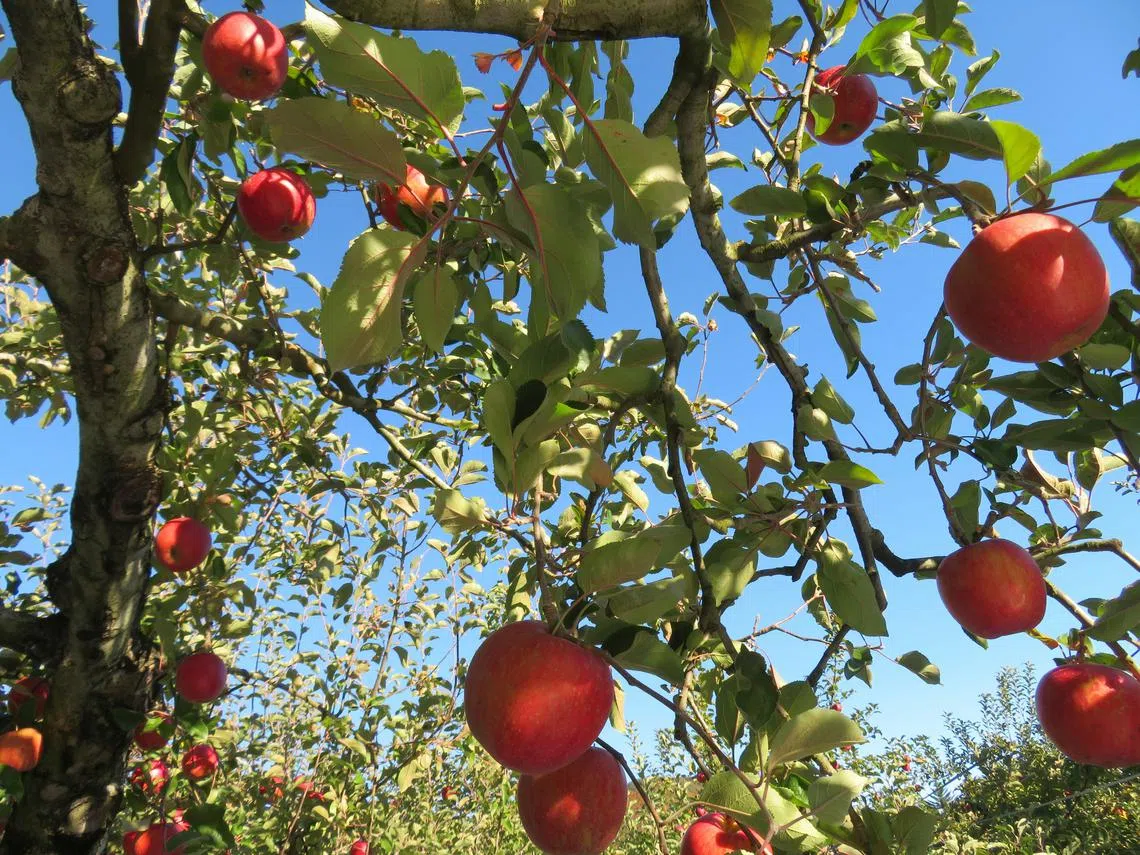
More than memories
Our arrival in Sendai, north-eastern Japan’s largest city, signalled how far we’d left the simpler life behind. Towering cranes cranked containers onto docks at the port, and the sound of two new wharf buildings being constructed clanged away in the background.
Sendai’s bustling main shopping district, Ichibancho, was crowded with people and amusements for city folk, from hole-in-the-wall vintage shops and swish luxury boutiques to quaint cafes and pachinko parlours.
Getting lunch at a famous gyutan (beef tongue) restaurant meant queuing for an hour, but the languid days at sea had gifted us zen-like patience, and the wait was easy.
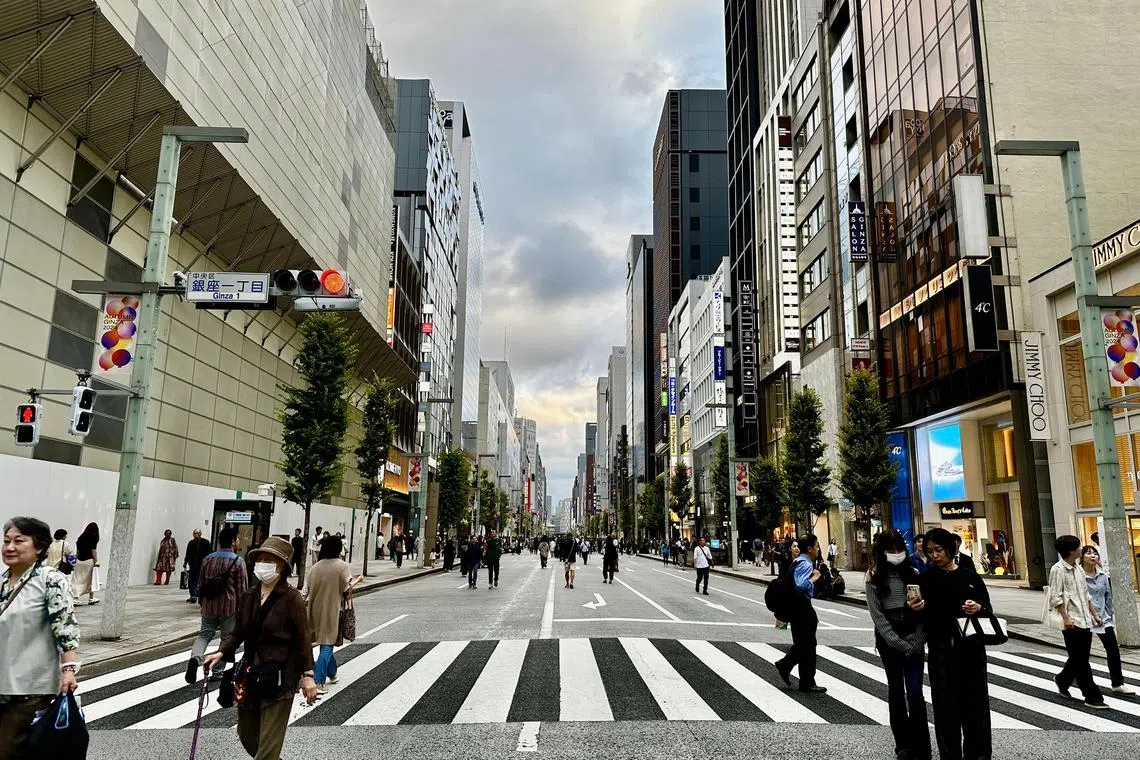
By the time we arrived in Tokyo, it felt like we’d clocked far more than the distance travelled in terms of noteworthy moments. We’d become conquistadors of the Pacific, discovered the stories of those a world away, and were on a first-name basis with many of the Explorer’s guests and crew.
But it wasn’t so much the encounters we’d had as the emotions thrumming through us that brought a realisation of what sticks. The exhilaration of exploration, the joy of connection, the comfort of community – these are the things that endure over time, even when memory fades.
The writer was a guest of Regent Seven Seas Cruises
Decoding Asia newsletter: your guide to navigating Asia in a new global order. Sign up here to get Decoding Asia newsletter. Delivered to your inbox. Free.
Copyright SPH Media. All rights reserved.








